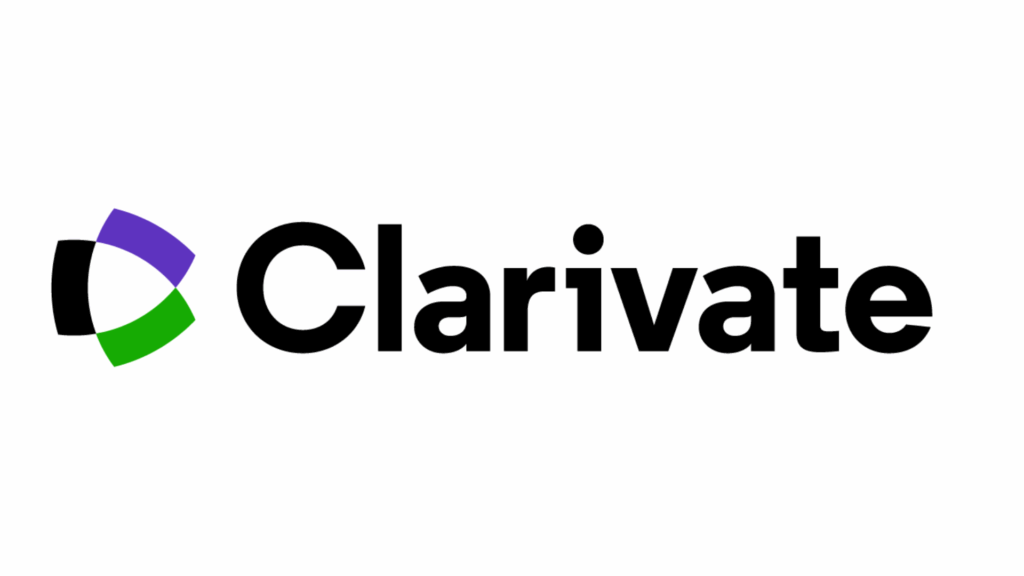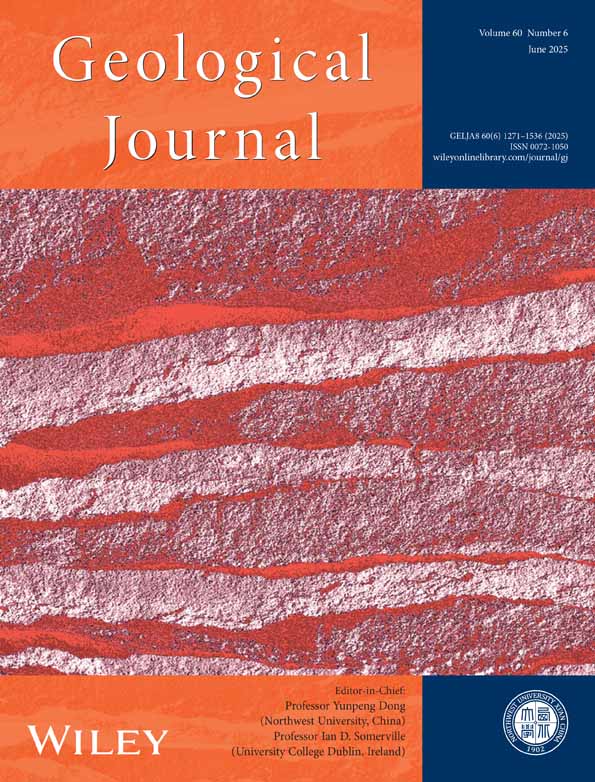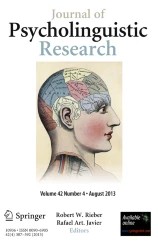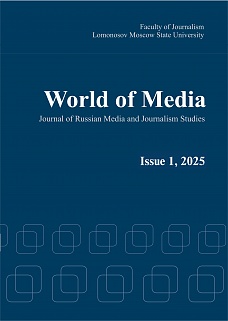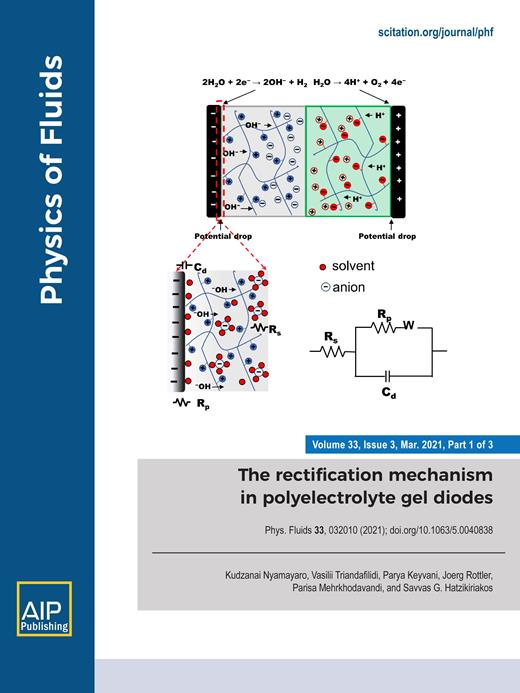Twenty journals lost their impact factors in this year’s Journal Citation Reports, released today, for excessive self-citation and citation stacking. Nearly half of the journals on the list are from well-known publishers MDPI, Sage, Springer, Taylor & Francis and Wiley.
Clarivate releases the annual Journal Citation Reports each June. For the first time, the company excluded citations to retracted papers when calculating this year’s impact factors. Amy Bourke-Waite, a communications director for Clarivate, told Retraction Watch this change affected 1% of journals, none of which lost impact factors in 2025.
Many institutions use the controversial metric as an indicator of journal quality. And suppressing a journal’s impact factor can have negative effects on the publication and the authors who publish papers in it.
Continue reading Citation issues cost these 20 journals their impact factors this year